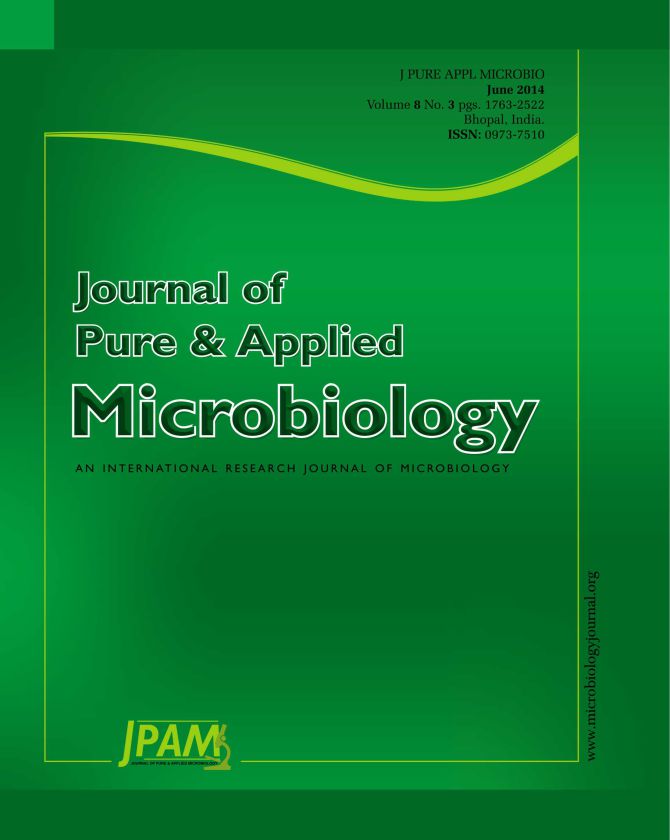The purpose of this study is comparative assessment of traditional methods and two molecular techniques in diagnosis of C. neoformans in cerebrospinal fluid (CSF) as well as culturing samples. 300 CSF samples from patients with suspected meningitis have been collected from multiple hospitals. Samples were evaluated by staining, culture and PCR and LAMP. The target gene of primers used in this study for PCR, selected on the basis of 16S rRNA, also, the LAMP test primers were designed with the help of “Primer explorer V4” software based on the ura5 gene. Internal Control of PCR constructed by the competitive strategies and cloned in pTZ57R. The PCR results were positive in 4 cases, while the results of culturing and staining tests were negative for all the CSF samples. The sensitivity of LAMP test was determined up to 5 cells of C. neoformans. The LAMP test was positive in 5 cases of CSF samples (four positive cases of PCR and another sample with a negative PCR). The LAMP technique which provides additional advantages such as higher sensitivity and specificity and no need to expensive hardware, also eliminates the identification stage by electrophoresis methods, and available especially in developing countries.
PCR, LAMP, Cryptococcus neoformans
© The Author(s) 2014. Open Access. This article is distributed under the terms of the Creative Commons Attribution 4.0 International License which permits unrestricted use, sharing, distribution, and reproduction in any medium, provided you give appropriate credit to the original author(s) and the source, provide a link to the Creative Commons license, and indicate if changes were made.


